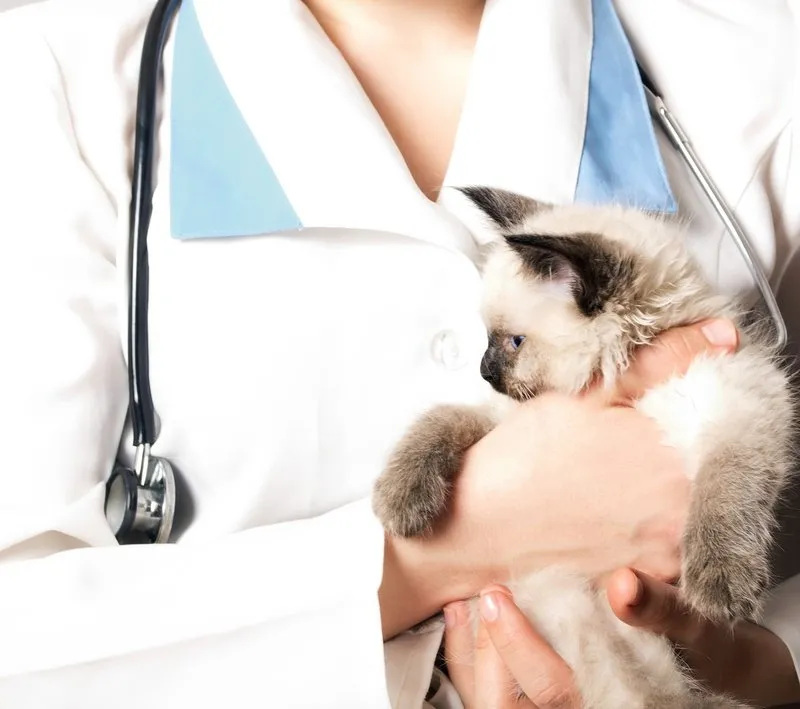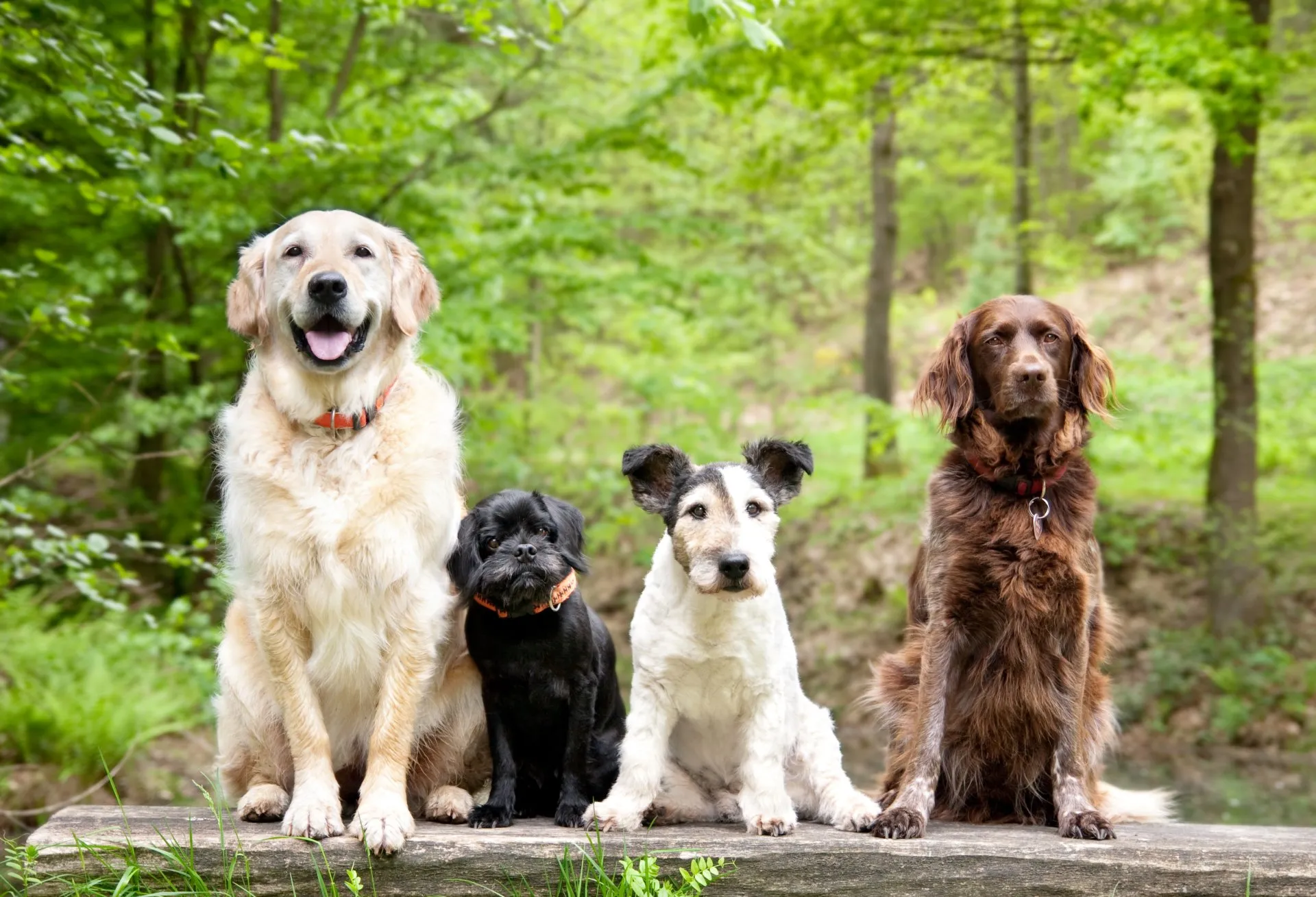Blepping in cats, the quirky behavior where a cat leaves part of its tongue hanging out, is more than just an adorable photo opportunity—it might also offer insights into feline well-being and behavior. This phenomenon, characterized by a relaxed tongue tip protruding beyond the front teeth, occurs in various situations, ranging from deep relaxation to intense focus. While often seen as a sign of contentment, it’s important to understand the specific contexts in which blepping occurs, as it can sometimes indicate underlying health issues. By exploring both the charming and the clinical aspects of blepping, this article delves into what your cat’s tongue-tipping could be telling you, supported by veterinary insights and behaviorist theories. Understanding why cats blep enriches our knowledge of their emotional and physical health, reinforcing the bond between pets and their owners.Have you ever spotted your cat just sitting there with her tongue sticking out? This is officially called blepping, and is definitely adorable to see. Of course, given how complex and unique our feline pals are, you may be wondering if this is a sign that something is wrong, or just another one of Fluffy’s many adorable (and purrplexing) quirks. A local vet discusses blepping in this article.
Behind The Blep
Blepping in cats can be quite a curious behavior, and there are actually a few possible reasons your furry buddy may be displaying this trait. One reason could be that Fluffy is investigating a taste or scent in the air. She also may have momentarily stuck her tongue out if she was startled—perhaps during one of her daily grooming sessions—and then became distracted and forgot to retract it. Speaking of grooming, if you have an older cat, you might find our article on
A Waterdown, ON Vet Answers Top FAQs About How To Groom A Senior Cat helpful. Cats that are missing teeth are also more likely to blep; that gap just makes it easy. Furthermore, cats may blep when they are feeling relaxed or happy. Of course, we can’t entirely discount the possibility that Fluffy is playfully sticking her tongue out at you—indeed, that does seem like something a cat would do!
Concerning Bleps
Most of the time, bleps are silly and harmless … not to mention highly comical. However, there are a few potential points of concern to be aware of. If your feline friend seems to be blepping a lot, there’s a chance that she could be blepping because of pain in her mouth. This is something to be aware of if your cat has only recently become a blepper, or if she is blepping much more often than she used to. If you suspect dental issues might be causing the blepping, consider scheduling an appointment for our
Veterinary Dentistry services. Your kitty could also be nauseous, or having trouble breathing. Keep an eye out for other signs of illness, such as bad breath, vomiting, withdrawal, drooling, swelling, or changes in behavior. Contact your vet ASAP if you notice anything amiss.
What To Do
So what should you do if your feline buddy engages in blepping in cats? Well, assuming that Fluffy has gotten the all-clear from her vet, there’s only one thing to do: take her picture! We never get tired of seeing cute photos of our furry friends. Plus, this is a cute way to spread some cheer, and maybe put a smile on someone’s face. If there’s one thing that cats are good at—aside from napping—that would be it.
The Fascinating World of Blepping in Cats: Origins and Anatomical Insights in 2025
What is the origin of the term ‘blep’?
The term ‘blep’ in reference to a cat’s behavior of sticking out its tongue casually and momentarily originated from internet culture and social media platforms where pet antics are commonly shared. It is not a scientifically recognized term within veterinary practice. Instead, ‘blep’ is a colloquial, endearing term adopted by cat owners and enthusiasts to describe the quirky, cute gesture when a cat partially extends its tongue, often unknowingly, which has become popularized through widespread sharing of images and videos of cats performing the act.
What’s the difference between a ‘blep’ and a ‘mlem’?
A ‘blep’ refers to the act of a cat sticking its tongue out slightly without withdrawing it immediately, often occurring when they are relaxed or distracted. This phenomenon is generally viewed as an adorable quirk in feline behavior. On the other hand, a ‘mlem’ is an action where a cat deliberately extends its tongue to lick something, typically as part of grooming or exploring tastes and textures. The key distinction lies in intention and duration; ‘bleps’ are usually unintentional and sustained, whereas ‘mlems’ are deliberate and brief.
How does blepping relate to a cat’s anatomy, particularly in flat-faced breeds?
Blepping in cats, where the tongue protrudes slightly from the mouth, can be influenced by their anatomical structure, especially in flat-faced (brachycephalic) breeds. These breeds often have shorter jaw structures and can experience dental crowding, leading to difficulties fully retracting the tongue, which can cause more frequent blepping. Additionally, the shorter facial structure may affect their ability to regulate oral and respiratory functions smoothly, further contributing to this phenomenon. In general, while blepping is usually harmless, persistent occurrences should be monitored for underlying health issues.
Is blepping normal during sleep?
Blepping in cats, where they stick out their tongue slightly, often occurs during their relaxed or happy moments, and this can include while they’re asleep. It’s generally a harmless behavior that indicates they are in a deep state of relaxation. However, if blepping is observed frequently or excessively, it might be a sign of an underlying issue such as dental pain or respiratory problems. If your cat shows other symptoms like bad breath, drooling, or changes in behavior, it’s wise to consult a veterinarian to rule out any health concerns.
How does blepping relate to a cat’s sensory exploration?
Blepping in cats often occurs as part of their sensory exploration. When a cat sticks out its tongue, commonly known as blepping, it may be reacting to a specific taste or scent in its environment. This behavior allows them to better assess and interact with their surroundings. Additionally, a cat might blep if momentarily startled or distracted, especially during grooming. Although usually a sign of relaxation or contentment, persistent blepping should be monitored as it could indicate dental pain or other health issues.Do you have any questions about your kitty’s health or care? Contact us, your local
animal clinic in Waterdown, ON anytime! We’re here to help!




!Social Media Icons